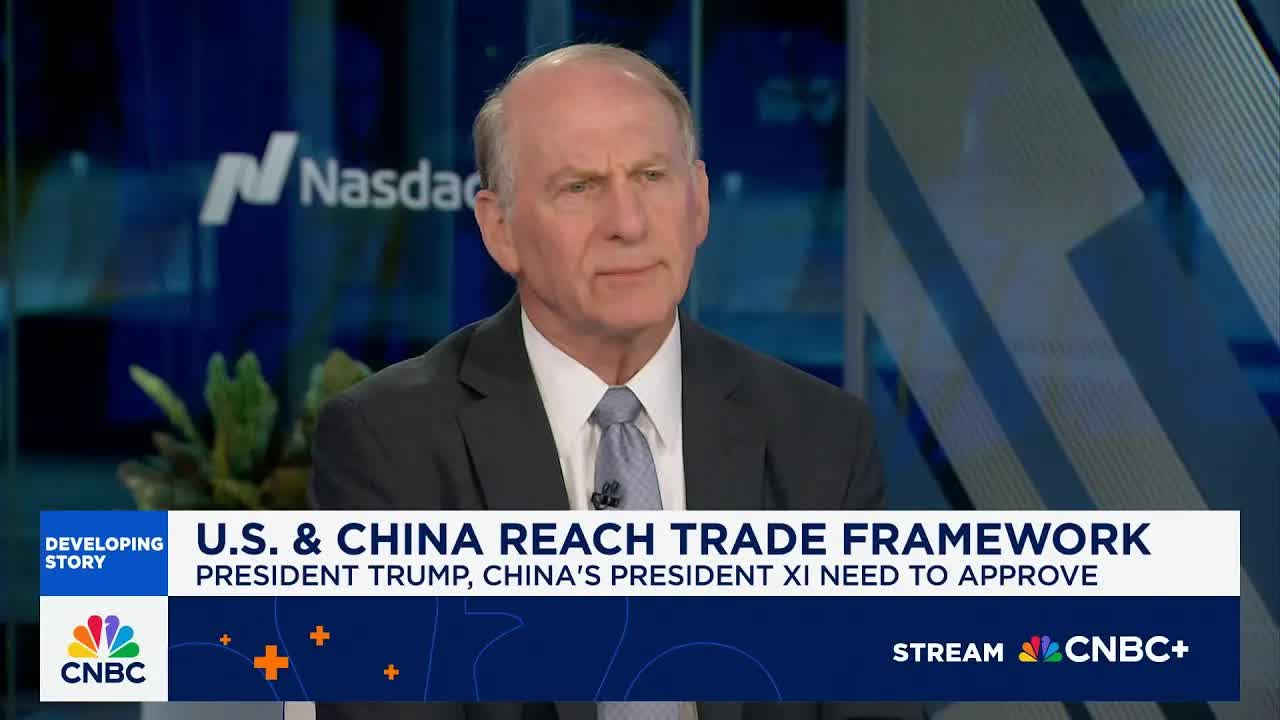NDRC Zhao: US has small share of Chinese energy imports
Sunday, Apr 27, 2025 11:21 pm ET
NDRC Zhao: US has small share of Chinese energy imports
China's energy imports are increasingly dominated by countries other than the United States, according to recent data and statements from Chinese officials. This shift is driven by a combination of geopolitical factors, trade policies, and market dynamics.In a recent interview, Zhang Hanhui, the Chinese ambassador to Russia, stated that China is set to increase its imports of Russian liquefied natural gas (LNG) in 2025 [3]. This follows a trend of growing Russian LNG exports to China, which rose by 3.3% to 8.3 million metric tons last year [3]. Russia is now the third-largest supplier of LNG to China, behind Australia and Qatar [3].
Additionally, China's imports of metallurgical coal from the United States have significantly declined following the imposition of reciprocal import duties in February [2]. Canadian coal has emerged as a key supplier, with exports to China soaring 62% year over year to 2.9 million mt in Q1 2025, making it the third-largest supplier after Mongolia and Russia [2]. This shift in coal imports is part of a broader trend of diversifying energy supply sources, which is likely to continue as China seeks to reduce its dependence on US energy imports.
The United States, however, remains a significant player in the global energy market. According to the US Energy Information Administration, the US is the world's largest producer of natural gas and the second-largest producer of coal. The country also has substantial oil reserves and is a major exporter of liquefied petroleum gas (LPG) [4]. Despite the recent trade policies, the US continues to be a significant player in the global energy market.
In conclusion, while the United States remains a major player in the global energy market, China's energy imports are increasingly dominated by countries other than the United States. This shift is driven by a combination of geopolitical factors, trade policies, and market dynamics. The ongoing diversification of energy supply sources is likely to continue, as countries seek to reduce their dependence on energy imports from a single source.
References:
[1] https://energetica-india.net/news/us-imposes-massive-tariffs-up-to-3521-percent-on-southeast-asian-solar-imports
[2] https://www.spglobal.com/commodity-insights/en/news-research/latest-news/metals/042225-chinas-q1-2025-met-coal-imports-up-2-yoy-canadian-coal-surges-62
[3] https://cyprusshippingnews.com/2025/04/23/china-is-set-to-import-more-russian-lng-in-2025-ambassador-says/
[4] https://www.eia.gov/








